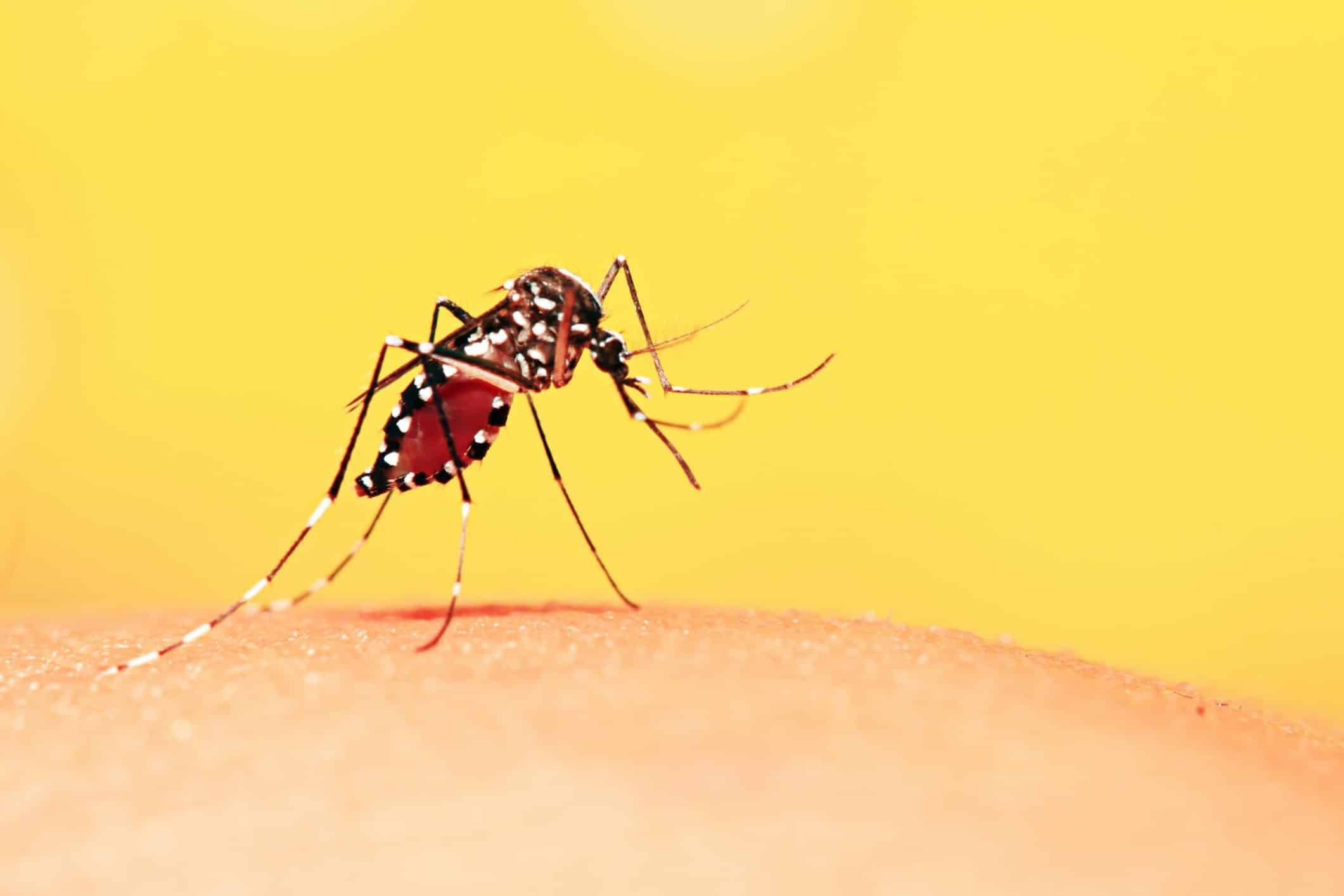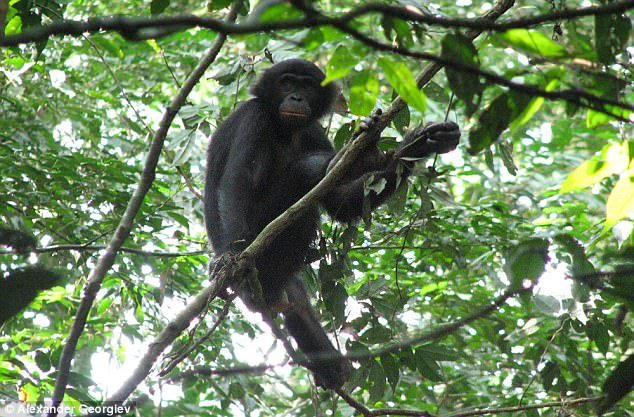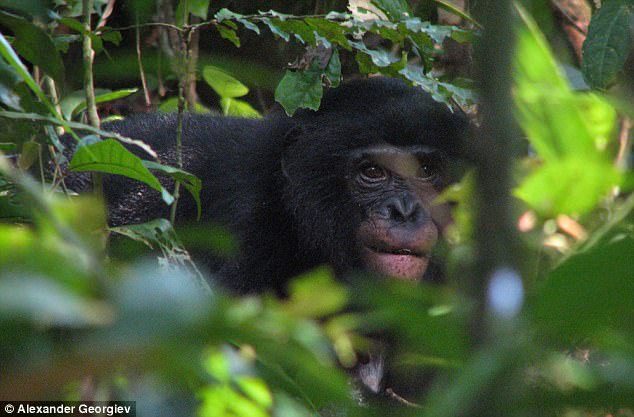Wild Bonobos Home to New Malaria Species- Latest News
Bonobos used to be known as “pygmy chimpanzees”, a designation that served to distinguish them from regular chimps. But the difference in body size is small- only a matter of a few kilograms- and it certainly is not the most interesting difference between the species.
Bonobos have more style- with its long legs and smallish head atop narrow shoulders, has a more gracile build than does a chimpanzee.
But their appearance is not the thing that really sets bonobos apart from chimps. The most striking difference is the status and dominance of females.
They are literally every feminists’ spirit animal.
But enough about their characteristics, unlike their cousins- the chimps and gorillas- bonobos have never been identified to house malarial species of mosquitoes.
In a startling new find, researchers have discovered the parasites after analyzing African bonobo fecal matter gathered from the forest floor.
Though malarial parasites are known to be endemic in African chimpanzees and gorillas, the parasite has not been found in wild bonobos. The absence has previously been described as a mystery, because bonobos should be just as susceptible to various Plasmodium parasites as other non-human primates, and malaria has
been described in captive populations of the animals.“Not finding any evidence of malaria in wild bonobos just didn’t make sense, given that captive bonobos are susceptible to this infection,” said Beatrice Hahn, MD, a professor of microbiology in the Perelman School of Medicine at the University of Pennsylvania.
Now, by sampling more bonobos in geographically diverse settings, scientists writing in Nature Communication show that bonobos harbor a new species of malaria parasite, called Plasmodium lomamiensis. The parasite is a previously unknown Laverania species, which are closely related to P falciparum, one of the parasites that causes human malaria infections.
Wild bonobos are found in the forests of central Africa and south of the Congo River in the Democratic Republic of the Congo (DRC). Although the researchers found evidence of a new malaria species in bonobos, it was limited to the eastern-most part of the bonobo range.
“It seems likely that these parasites co-evolved with African apes, suggesting that the ancestors of bonobos were infected, and implying that most wild-living communities of bonobos have somehow lost their malaria parasites,” said co-author Paul Sharp, PhD, an evolutionary biologist from the University of Edinburgh.
The researchers tested 1,556 fecal samples from 11 field sites and identified a high prevalence of Laverania infections in an area called Tshuapa-Lomami-Lualaba, a remote region in the eastern Democratic Republic of the Congo.
One surprising finding from the new study was that the bonobos harbor Plasmodium gaboni, which was previously only found in chimpanzees, as well as a new Laverania species – called P. lomamiensis, in recognition of the recently established Lomami National Park.
Until recently, there were six known ape Laverania species that exhibited strict host specificity (association with a single host species) in wild populations – three in chimpanzees and three in western gorillas. In 2010, Hahn and colleagues discovered that gorillas were the origin of the human malaria parasite Plasmodium falciparum, the most prevalent and lethal of the malaria parasites that infect people.
“For now, the geographic restriction of bonobo Plasmodium infection remains a mystery,” said co-first author Weimin Liu, PhD, a senior research investigator in Hahn’s lab.
“We have yet to identify the causes,” said co-first author Scott Sherrill-Mix, PhD, a Hahn lab postdoctoral fellow. “We looked at what plants bonobos eat and what types of bacteria make up their gut microbiome, but these could not explain the absence of Plasmodium from most of the bonobo sites. From this, we suspect that factors that influence parasite transmission are involved.”
Hahn and her co-authors suggest that wider testing of bonobos and all non-human primate species in Africa should be undertaken to predict how various malarial parasites could infect human populations.
“While ape Laverania parasites have not yet been detected in humans, it seems clear that the mechanisms governing host specificity are complex and that some barriers are more readily surmountable than others,” the authors write. “Given the new bonobo data, it will be critical to determine exactly how P. praefalciparum was able to jump the species barrier to humans, in order to determine what might enable one of the other ape Laverania parasites to do the same.“


































